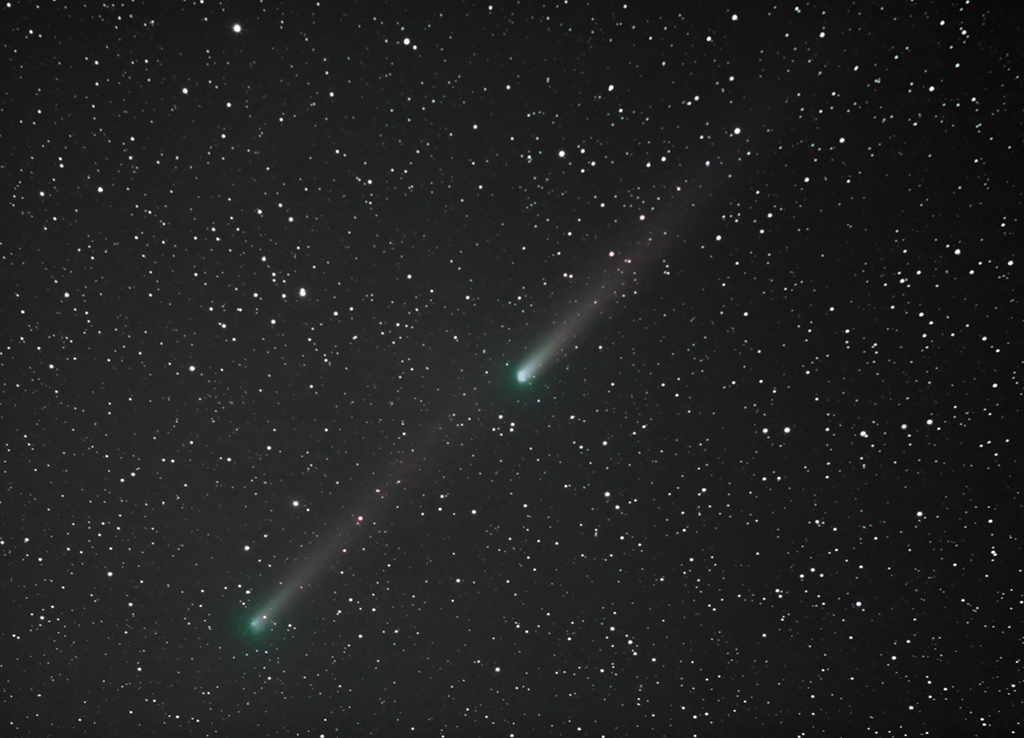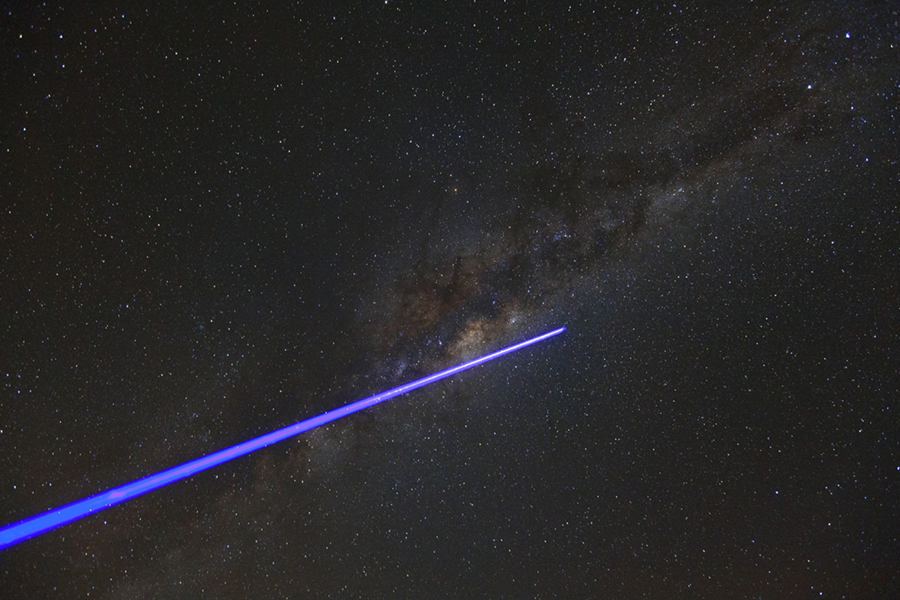RB astro
0
- Joined
- Apr 6, 2014
- Messages
- 2,436
- Points
- 113
Ok, time to share another one of my astro images.
I love this one.
Back in 2006 I heard that a comet broke up into multiple pieces and it was a sight not to be missed.
Intrigued, I set up my gear that night hoping to catch a glimpse.
I knew roughly where it was but it very, very faint and with the help of my green laser mounted on my scope I honed in to my target.
I could see them individually in my big scope but needed a wider field of view (FOV) so I used my Canon EF 200mm L lens which was also mounted on my scope to image the comets.
What greeted me left me speechless and I'm still in amazement to this day, every time I look at this image.
The comet head had broken up into two distinct bodies, both travelling in unison and displaying beautiful tails.
For me it was a once in a lifetime shot.
Hope you enjoy.
RB
Twin Comet C-73P Schwassmann-Wachmann (Fragments B & C) taken on 31st May, 2006. Canon 20Da, EF 200mm L at
f/3.5 , ISO 1600 , total exposure time approx 20 minutes.

I love this one.
Back in 2006 I heard that a comet broke up into multiple pieces and it was a sight not to be missed.
Intrigued, I set up my gear that night hoping to catch a glimpse.
I knew roughly where it was but it very, very faint and with the help of my green laser mounted on my scope I honed in to my target.
I could see them individually in my big scope but needed a wider field of view (FOV) so I used my Canon EF 200mm L lens which was also mounted on my scope to image the comets.
What greeted me left me speechless and I'm still in amazement to this day, every time I look at this image.
The comet head had broken up into two distinct bodies, both travelling in unison and displaying beautiful tails.
For me it was a once in a lifetime shot.
Hope you enjoy.
RB
Twin Comet C-73P Schwassmann-Wachmann (Fragments B & C) taken on 31st May, 2006. Canon 20Da, EF 200mm L at
f/3.5 , ISO 1600 , total exposure time approx 20 minutes.






